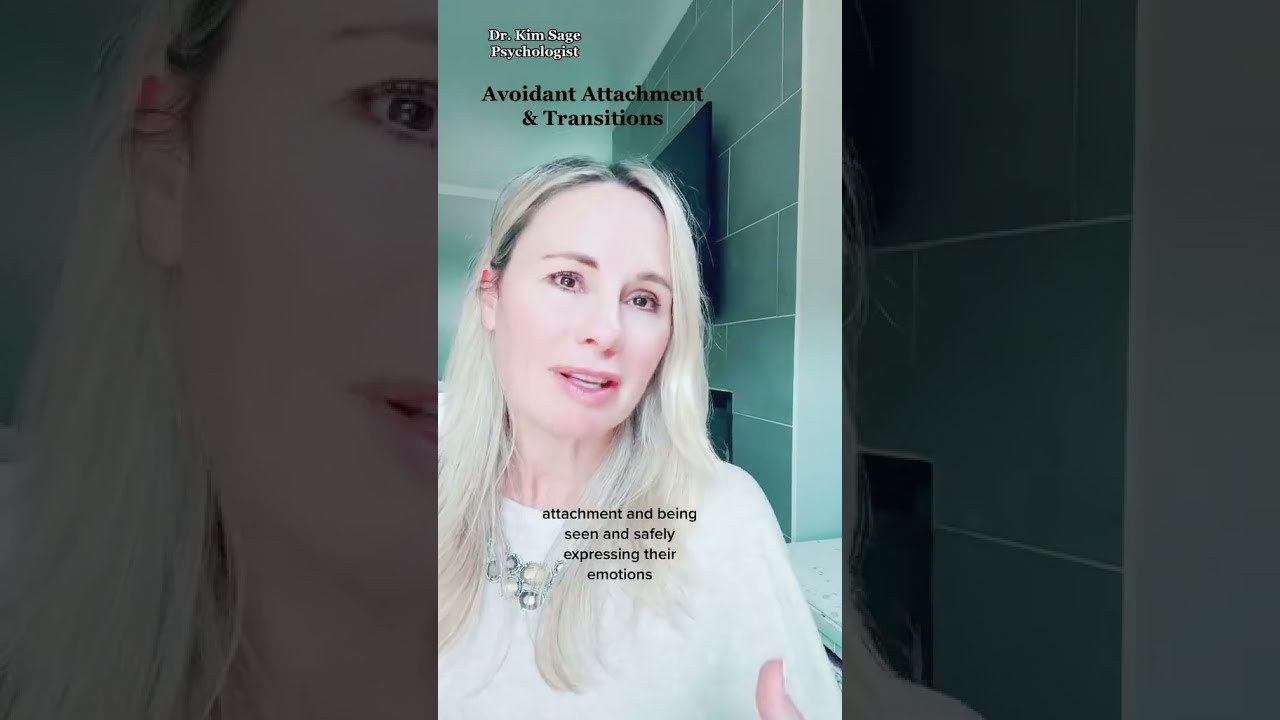
The Anxious-Avoidant Dynamic: Navigating the Emotional Rollercoaster
Introduction
In relationships, emotions can often run high and lead to a rollercoaster of feelings. One particularly challenging dynamic is known as the anxious-avoidant dynamic. This type of relationship can be characterized by a push-pull dynamic, where one partner craves closeness and intimacy while the other prefers distance and independence. Navigating this emotional rollercoaster can be difficult and confusing for both individuals involved. In this article, we will explore the signs, challenges, and ways to make an anxious-avoidant relationship work.
Signs an Avoidant Is Done With You
It is not uncommon for avoidant individuals to struggle with commitment and intimacy in relationships. As a result, there may come a point where they are done with the relationship dismissive avoidant attachment style altogether. Here are some signs that an avoidant may be done with you:
If you notice these signs in your relationship, it may indicate that your avoidant partner is no longer invested in the relationship.
Dismissive Avoidant Saying "I Love You"
One common challenge in an anxious-avoidant dynamic is when a dismissive avoidant struggles to express their love verbally. While actions often speak louder than words for avoidants, hearing those three little words can be important for their anxious partner's sense of security and reassurance.
However, it is essential to understand that dismissive avoidants may have difficulty expressing their emotions openly due to their fear of vulnerability or dependence on others. Instead of saying "I love you" outright, they may show their love through actions such as acts of service or spending quality time together. It is crucial for both partners to communicate their needs and find alternative ways to express love that feel comfortable for both parties involved.
Fearful Avoidant Breakup Stages
A breakup can be a challenging experience for anyone, but it can be especially tumultuous for individuals with a fearful avoidant attachment style. Fearful avoidants tend to have conflicting desires for closeness and distance, which can make navigating a breakup even more complicated. Here are some common stages of a fearful avoidant breakup:
It is important to note that everyone's experience with a breakup is unique, and these stages may not apply to every fearful avoidant individual.
How to Make an Anxious-Avoidant Relationship Work
Making an anxious-avoidant relationship work requires understanding, patience, and effective communication from both partners. Here are some strategies that can help navigate this complex dynamic:
Remember that building a healthy and fulfilling relationship takes time, effort, and commitment from both partners. It is important to be patient with yourself and each other as you navigate the ups and downs of the anxious-avoidant dynamic.

Conclusion
Navigating the emotional rollercoaster of an anxious-avoidant dynamic can be challenging, but it is not impossible. By understanding the signs, challenges, and strategies to make this type of relationship work, both partners can find ways to create a secure and fulfilling bond.
Remember that relationships are a journey, and growth often comes from facing challenges together. With open communication, empathy, and a willingness to understand each other's needs, an anxious-avoidant couple can build a strong foundation of trust and connection.

If you find yourself struggling in an anxious-avoidant dynamic, seeking professional help from a therapist or counselor can provide valuable guidance on how to navigate these challenges effectively. Remember that you are not alone, and with the right support, you can overcome the emotional rollercoaster of this unique attachment style.
FAQs
Q1: Do avoidants stalk social media? A1: Avoidants may be more likely to withdraw and create distance, rather than actively stalking someone on social media.
Q2: Will my avoidant ex reach out? A2: There is no definitive answer to this question as each individual and relationship is unique. It is possible for an avoidant ex to reach out, but it depends on various factors such as their personal growth and readiness for connection.
Q3: How does an avoidant fall in love? A3: Avoidants may struggle with fully falling in love due to their fear of vulnerability and dependence. It often takes time, trust-building, and a secure emotional connection for an avoidant to open up and experience love fully.
Q4: How long do you give an avoidant space? A4: The amount of space an avoidant needs can vary from person to person. It is essential to communicate with your partner and find a balance that respects both individuals' needs for closeness and independence.
Q5: Do avoidants come back? A5: While there is a possibility that an avoidant may come back after a period of space, it ultimately depends on their personal growth, willingness to address their attachment style, and readiness for a committed relationship.
Q6: Do avoidants feel guilty? A6: Avoidants may struggle with feelings of guilt due to their fear of hurting others or disappointing them. However, these feelings may be suppressed or expressed differently than in other attachment styles.